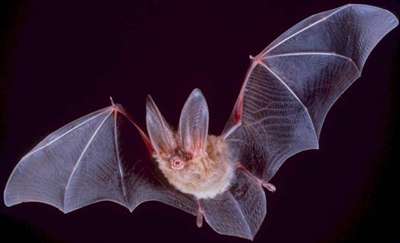What is an amphibian?

If a fish is taken out of water, its natural habitat, it will not live long. A fish does not have the ability to absorb oxygen from the air like us or any other land animal. However, a frog, although generally found in water, will not be harmed even if stays out of water for many hours. Some animals can live both in water and on land. Such animals are known as amphibians.
The word ‘amphibian’ means double life. Amphibians are animals that are called by this name because they need both land and water during their life cycle. They start life in the water, and live on the land as adults. Amphibians are vertebrates; and therefore, they have a backbone. They are also cold-blooded. A cold-blooded animal is an animal that cannot regulate its own body heat. So, an amphibian depends on its surroundings for warmth and its body temperature varies according to the surroundings.
Amphibians have no hair, feathers or surface scales. The reason is that they can breathe through their skin, although some amphibians have lungs as well. Frogs and toads are some of the most common amphibians and therefore, all of us have seen an amphibian at some time or the other.
Picture credit: google













